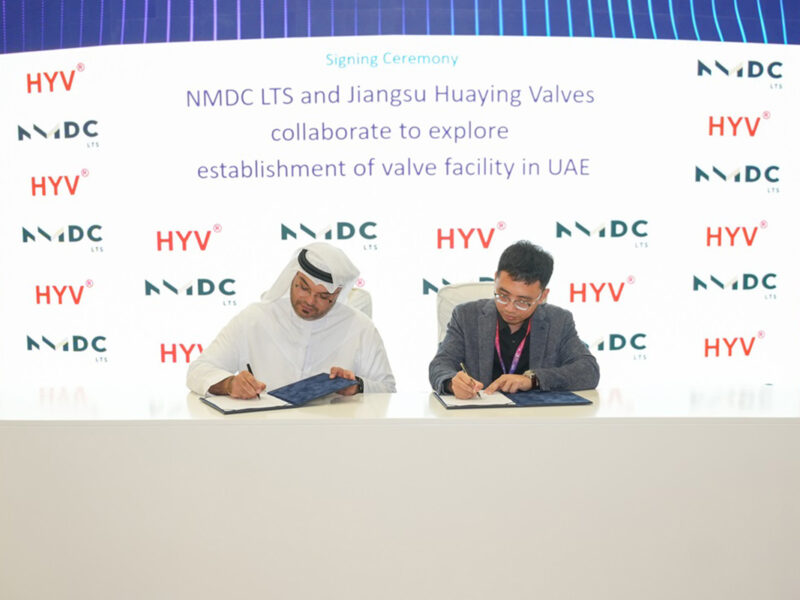Developing a human resources strategy is a matter of survival for contractors in the region struggling with labour shortages. Bishoy Azmy, deputy general manager, ASGC, explains why the market should be looking more seriously towards training and retaining staff.
When I joined our company six years ago, we did not even have an HR officer. New recruits were mainly referenced from existing employees and would meet the managing director himself for an interview, and then, if successful, sent straight down to the accounts department to formalise their paperwork. Today, that scenario is almost unimaginable. Our human resource department commands the largest premise in our head office, has a director who is a very powerful individual in the organisation, and runs like the US Department of State.
Admittedly, one reason for this evolution was the natural growth of a nascent company, but nonetheless this transformation mirrors a similar trend, albeit of varying dimensions, over the last decade, that has led to the exaltation of the HR department above all else in organizations across the board.
More and more, it is becoming undeniably clear that the human resource is the most valuable resource of all. This does not mean that the solution is in numbers, but in the quality of the people that make up an organization. A firm’s performance is nothing but the performance of its employees, and the performance of these people is quite simply the product of two main factors: ability and motivation. Both of these factors are controllable through the HR function, thus making human resource management the single most contributing factor to the success, or failure, of an individual organisation.
Nowhere has this become more poignant than in the construction industry here and now. The colossal demand for tangible output of impeccable quality in record time coupled with the escalating cost of living in the region has made it doubly difficult to source suitable people to fill the myriad of positions that are needed.
Organizations across the entire spectrum in the industry: developers, designers, project managers and contractors, are struggling to fulfil their requirements in terms of staffing, and this, in many cases, is undermining both their ability to fulfil their current commitments as well as venture confidently into further expansion.
Is there a solution to this crippling shortage? Undeniably it is difficult, but we need to think beyond just poaching the same people from one another. Dubai is a city of less than three million residents in a world of six billion. International recruitment and diversification beyond the stereotypical countries is a must. So is training and development of existing staff, who have the loyalty and local awareness, but may lack certain competencies. Last, but certainly not least, retention: keeping employees happy by ensuring that they are handsomely rewarded as well as properly motivated is not an act of kindness or generosity any longer, it is a necessity for survival.








